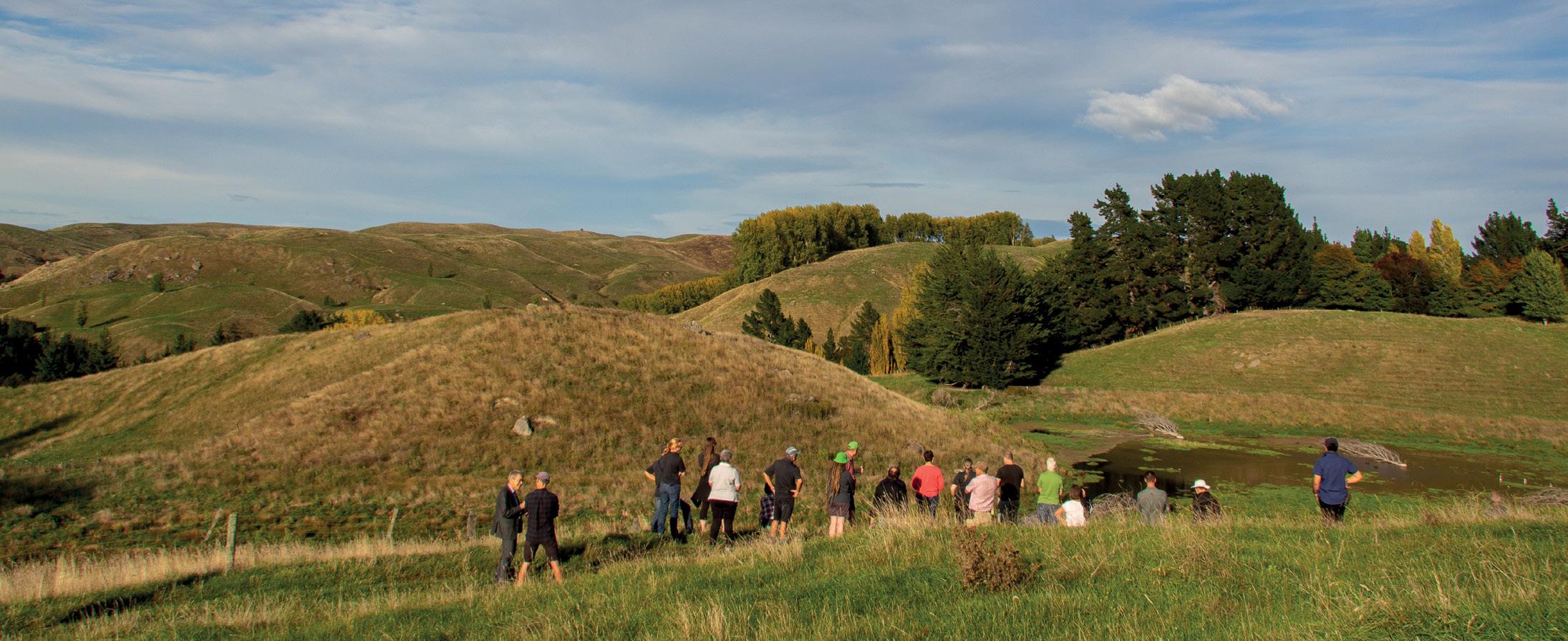
2 minute read
Seasonal Climate Outlook
OUTLOOK SUMMARY
Advertisement
A progression toward La Niña conditions occurred in the equatorial Pacific during October and NIWA has moved to La Niña Alert. Temperatures are very likely to be above average across Aotearoa New Zealand with a period of particularly warm conditions from around the second week of November.
New Zealand’s coastal sea surface temperatures (SSTs) ranged from 0.5˚C to 1.0˚C above average during October. SSTs are predicted to become more unusually warm over the coming month or two which could culminate in marine heatwave conditions in some regions.
Higher than normal air pressure is favoured over the South Island and to the south and east of the country, causing more easterly quarter winds and increasing the chance for dry spells in the South Island and western North Island in particular.
For the tropical cyclone season (November 2021–April 2022), NIWA’s SW Pacific Tropical Cyclone Outlook indicates the risk for New Zealand is elevated. Those with marine interests north of the country should closely monitor the situation. On average, one tropical cyclone passes near the country each year, bringing heavy rain, strong winds, and rough seas.
Rainfall is most likely to be below normal in the west of the South Island, near normal in the north and east of the North Island and about equally likely to be near normal or below normal in all other regions. Occasional sub-tropical low-pressure systems can bring heavy rainfall and possible flooding to New Zealand, particularly in the northern and eastern North Island.
Soil moisture levels are most likely to be near normal in the east and west of the North Island and about equally likely to be near normal or below normal in all other regions. River flows are most likely to be near normal in the east of the North Island and about equally likely to be near normal or below normal in all other regions.
Northland, Auckland, Waikato, Bay of Plenty • Temperatures are very likely to be above average (65 percent chance). • Rainfall totals are most likely to be near normal (45 percent chance). • The potential for sub-tropical low pressure systems is elevated, particularly in the northern part of the region such as Northland.
These systems can bring heavy rainfall and cause flooding. The risk is lower for southern and western parts of the region, like Waikato. • Soil moisture and river flows are about equally likely to be near normal (45 percent chance) or below normal (40-45 percent chance).
Central North Island, Taranaki, Whanganui, Manawatu, Wellington • Temperatures are very likely to be above average (65 percent chance). • Rainfall totals are about equally likely to be near normal (40 percent chance) or below normal (35 percent chance). • Soil moisture levels are most likely to be near normal (50 percent chance) while river flows are equally likely to be near normal (45 percent chance) or below normal (45 percent chance).










